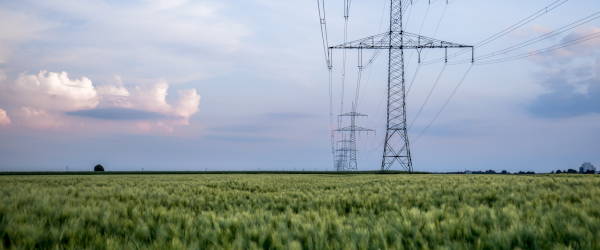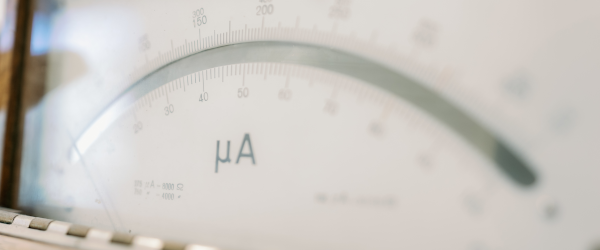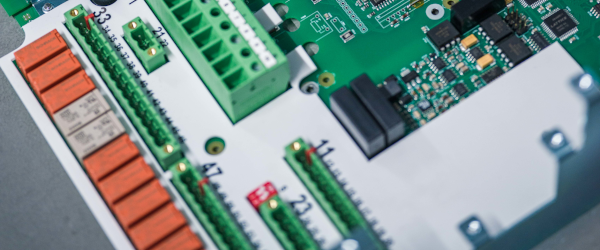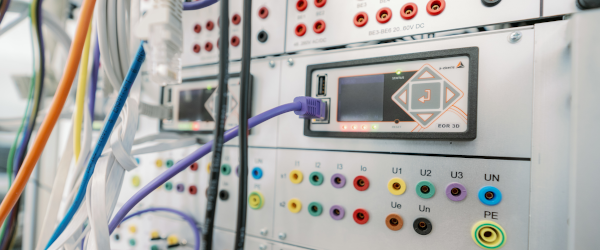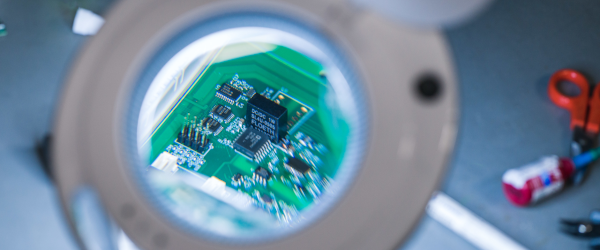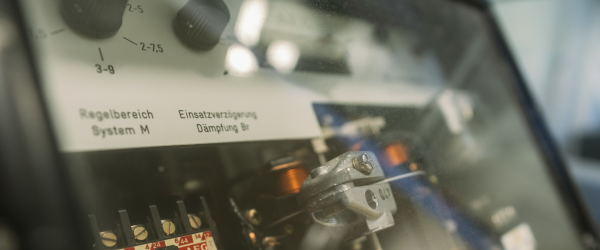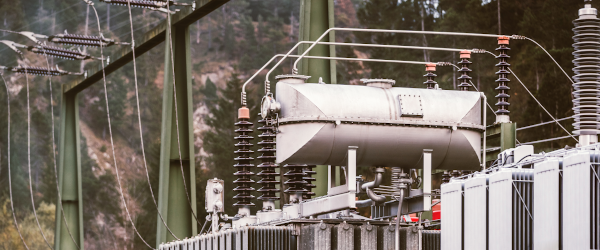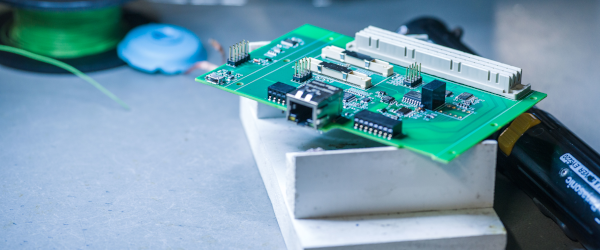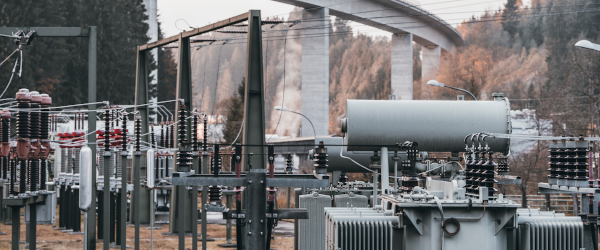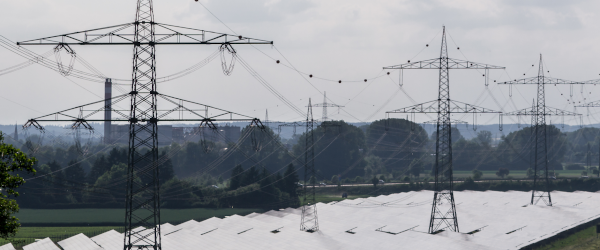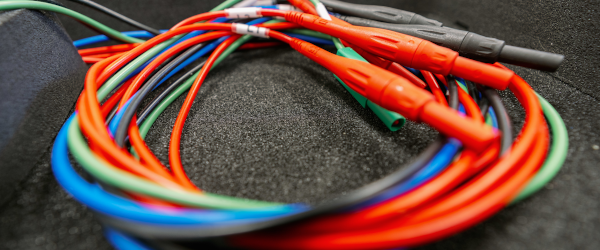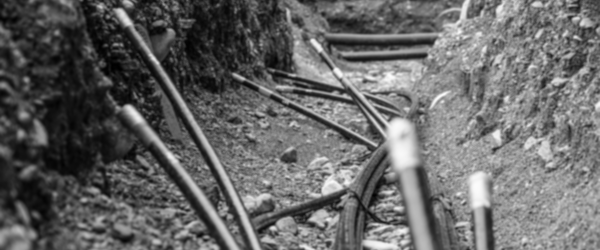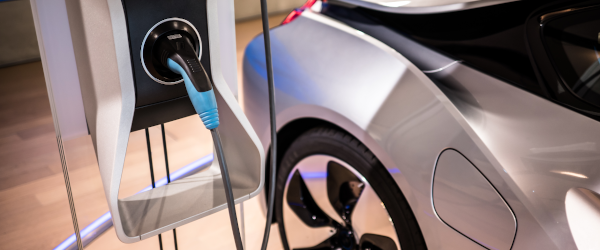Static earth fault
Figure 3 can also be used for the determination of static earth faults. In an isolated network the entire capacitive current of all outputs flows through the point of failure. The relays in the healthy outlets measure a capacitive zero current and the relay in the faulty output measures an inductive zero current. With a stationary earth fault, the value of the inductive zero current is the same as in the previous section, the value of the zero current of the healthy outputs at the back of the relay.
In compensated networks, the situation changes. In this case, the current overlaps through the Petersen coil and reduces the capacitive current through the point of failure. In an ideal matching network, the capacitive current through the failure point is fully compensated. From Figure 3, it is evident that, in this case, the relay in the faulty output also measures a capacitive zero current as well as the relays in the healthy outputs. Therefore, in a compensated network the inductive nature of the zero current is no longer an indication of a faulty output.
Through the use of Petersen coil, the current can be reduced to on a small active current, which is usually in the range of 2 % to 3 % of the total capacitive phase-earth current.
Overlay
At the first ignition of the arc, the superposition of three operations begins.
The following figures show two different earth faults for a compensated 20 kV network with three outputs and a capacitive current of 108 A and 5 A overcompensation. The network corresponds to the configuration in Figure 3. The low resistance earth fault has a value of 10 ohms, and the high-resistance earth faults have a value of 2000 Ohms. The recording was made with a sampling rate of 10 kHz.
The high frequency discharge oscillation is greater in the case of a low-resistance earth fault.
In the case of the high resistance fault, the zero voltage in the steady state reaches only 40%.
Conventional transient relay
The conventional transient relay evaluates the charging process for the directional decision concerning the earth fault. If the zero sequence voltage u0 exceeds a set threshold offset, a narrow window is used for measuring the zero current i0. The direction decision is made by comparing the sign of i0 with the sign of u0 during this test window.
The earth fault is in the direction of the output when the sign of i0 does not correspond to the sign of u0. If the signs are the same, the fault is in the direction of the busbar.
When the ignition is at the time u1E = 0 V, there is no discharge oscillation.
The charging oscillation is present in all cases and can be evaluated by the transient relay.

